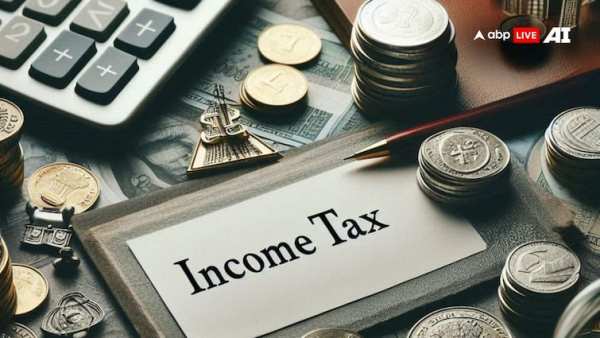
The Union Budget 2025 has revamped the new tax regime, exempting individuals earning up to Rs 12 lakh annually from income tax giving a massive relief to taxpayers. Moreover, salaried taxpayers will benefit from a Rs 75,000 standard deduction, raising the tax-free threshold to Rs 12.75 lakh. The revised tax structure also introduces a 25 per cent tax slab for incomes between Rs 20 lakh and Rs 24 lakh.
Union Finance Minister Nirmala Sitharaman explained that these revisions are designed to increase disposable income, encourage consumption, and simplify the tax process. However, tax experts suggest that individuals who rely on tax-saving investments may still find the old tax regime more advantageous.
Revised Tax Slabs Under The New Regime
Income up to Rs 4 lakh: Nil
Rs 4 lakh – Rs 8 lakh: 5 per cent
Rs 8 lakh – Rs 12 lakh: 10 per cent
Rs 12 lakh – Rs 16 lakh: 15 per cent
Rs 16 lakh – Rs 20 lakh: 20 per cent
Rs 20 lakh – Rs 24 lakh: 25 per cent
Above Rs 24 lakh: 30 per cent
Tax Slabs Under The Old Regime
Income up to Rs 2.5 lakh: Nil
Rs 2.5 lakh – Rs 5 lakh: 5 per cent
Rs 5 lakh – Rs 10 lakh: 20 per cent
Above Rs 10 lakh: 30 per cent
Old Tax Regime Vs New Tax Regime
The new tax regime offers lower tax rates, while the old tax regime allows deductions under Section 80C, providing exemptions of up to Rs 1.5 lakh for investments in PPF, ELSS, and LIC premiums.
Although most exemptions have been removed under the new tax regime. The government has kept some deductions including Section 24(b): Deduction for interest on housing loans (for rental properties) and Section 80CCD(2): Deduction for employer contributions to the National Pension Scheme (NPS), up to 14 per cent of salary.
Which Tax Regime Should You Choose?
For individuals who don't invest much in tax-saving instruments, the new tax regime may be more beneficial due to its lower tax rates and higher exemption limits. However, those who claim multiple deductions under the old regime might find it financially advantageous.
Contact to : xlf550402@gmail.com
Copyright © boyuanhulian 2020 - 2023. All Right Reserved.